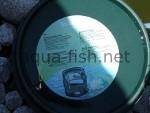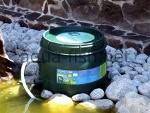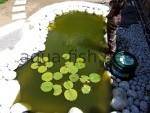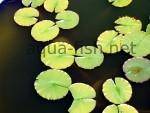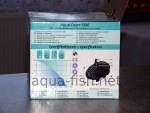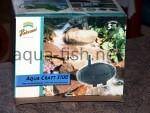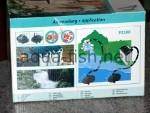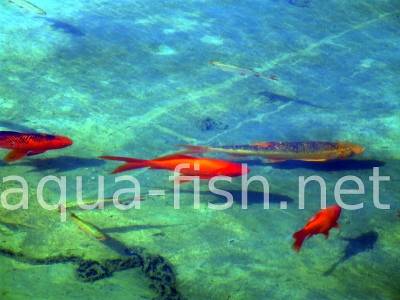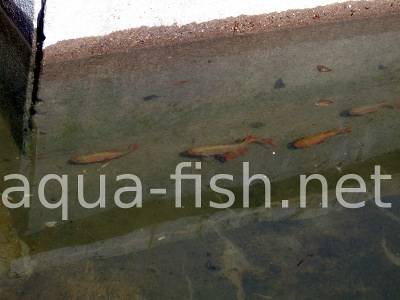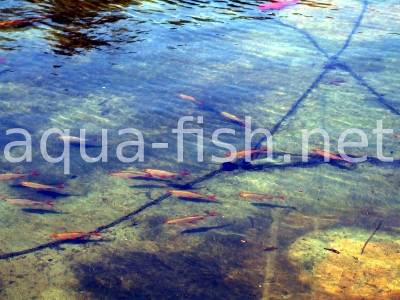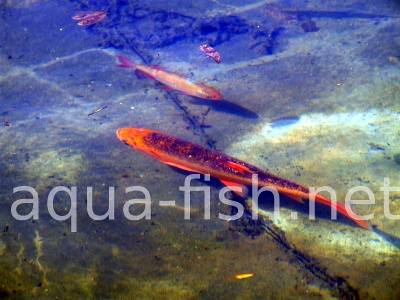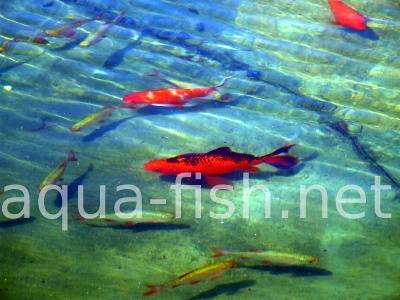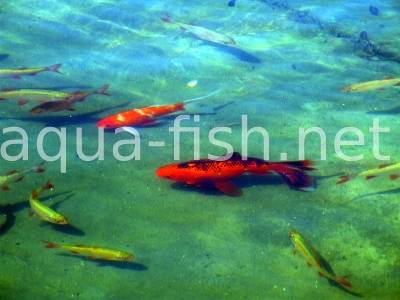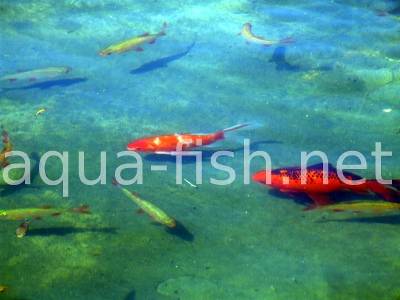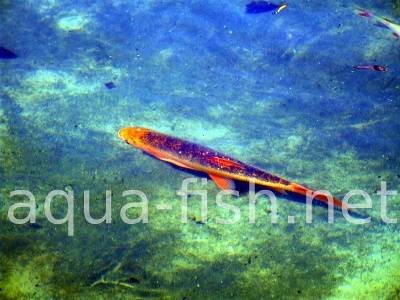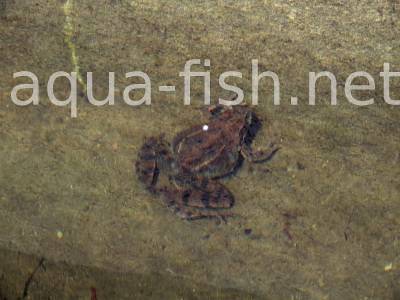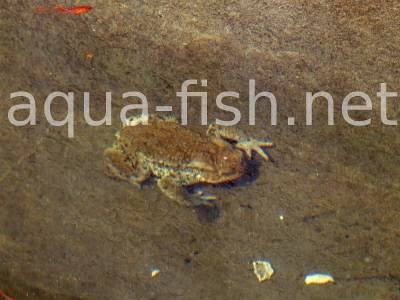Adding a Fish Pond to Your Garden Landscape
Short introduction
This page is a guide on essential tasks when building a fish pond; However here we also answer questions that visitors of Aqua-Fish.Net have asked; You're welcome to ask too - at the bottom of this page!
Introduction
Many homeowners take pride in designing and maintaining their own landscapes and gardens. There is a lot of hard work involved and a lot of money spent, but owners definitely reap great benefit as well. Adding a fish pond, or water garden to your property will not only make it more appealing to the eye, it will also increase the value and equity of your home. Not to mention the enjoyment and relaxation you will get from the addition.
Once the decision has been made to incorporate a fish pond into your landscape design, the next step is to determine the exact placement of your garden pond. It’s important to place it where you’ll always be able to see it from inside the house, or other areas of the garden. You should take into consideration the lay of the land, so you don’t have to worry about possible contamination from runoff, or other yard debris.
Fish pond filters
Fish pond and pond plants
Fish pond pump
Advertisement: Get a 10% discount on pond products (except for pond liners) at graystonecreations.com! Enter Aquafish10% in the coupon code section of the order form when you check out!
You also need to decide what type of organisms you plan to have in your pond. Most typical garden ponds, or water ponds as they are often called, are filled mainly with goldfish and underwater plants, such as water lilies. They tend to do well in most climates. You should plan on this type of fish pond being at least two feet deep for best results.
If you decide you want a koi pond, then you will need a considerably larger space, and a depth of at least three to four feet. The bigger and deeper the better, because koi tend to need a lot of room as they grow. You will be limited as to the types of aquatic plants you can have, due to the fact that koi tend to eat many types of water plants. If you want a garden for looks, the typical water garden pond would probably be your best option, not the koi pond.
No matter what type of fish pond you plan to have, size is very important. The larger the pond, the more plants and fish you can put in it. It is better to build it too large, than too small, and not be satisfied with the results of all of your time and labor spent. Basically, no matter how big it is, you will always find you wish it were bigger.
For step by step how to build instructions and general information, you can visit watergarden.com/pages/build_wg.html. This site is a good information source for beginning gardeners, as well as the experienced. They will walk you through how to plan your fish pond, shape it, hook up filters, add waterfalls, and what chemicals and plants you need to add to ensure that your fish survive the transition to their new home and stay healthy once there. They also provide information on pond kits to help you get started with your project, if you decide to do it yourself. Most kits come with the pond liner, underlayment, pump, filter, all the plumbing pieces you will need, and chemicals to treat it with. Basically, all you do is set it up. This would be a good option for someone with no experience, as all of the equipment is already included. It is also budget friendly, as buying the kit is cheaper than purchasing what you need piece by piece. The added bonus is that most of the kits are for above ground ponds, so you eliminate the financial expense of either having to rent the equipment to dig your pond, or hiring someone to do it for you.
Another good how to site to help with your fish pond building experience is clearwaterlandscapes.com/water_features.htm. They offer helpful information on landscape design, and average pond costs. This site also has good information on how to maintain your fish pond as well.
You of course, don’t have to purchase a project kit to build your own pond. You can do online research, library research, and talk to some locals in your area to find out more information. Depending on what particular issues you have to deal with, your pond may cost you anywhere from $3000 to $10000 or more. It all depends on the size you want, the land condition where you are placing the pond, the types of plants and fish you want in it, etc. Regardless of the expense, it will be cheaper in the long run to build a fish pond that will last that may be more expensive, than to constantly have to spend money on maintenance issues for one that has not been well-built. This is an issue where the old cliché you get what you pay for comes into play.
Incorporating a fish or koi pond into your landscape can seem like a daunting and expensive task, but it well worth it. You will be able to enjoy it for years to come, and will be happy you made the decision to go ahead. As with any major project or home renovation, just make sure you are well informed and make smart decisions about getting what you want. If you hire someone to do this for you, you want to make sure that they are well-qualified, either by checking references with other customers, or possibly even contacting the Better Business Bureau for a reference. If you prefer to do it yourself, the websites listed in this article can be good starting instructions for you to use. Just have a good plan in mind before you start, including the budget you have, and your overall goal.
Some of the factual information from this article was obtained from researching the internet and using the following sites: watergarden.com/pages/build_wg.html, clearwaterlandscapes.com/water_features.htm, whatprice.co.uk/gardening/pond.html
Questions and answers related to fish ponds
Visitors of Aqua-Fish.Net have been asking questions and we keep answering them. Originally we were publishing answers at aqua-fish.net/answers, but later we decided to put related information together with existing articles in order to maximise visitors' experience. If you cannot find an answer on your question above or below this paragraph, feel free to use a form at the bottom of this page and we'll do our best to help you. (some of the below-shown answers may be partially answered on this page, but we decided to list all questions "as is" because it's easy to find a particular answer this way)
-
What size of aerator is required for a pond?
Answer: The first golden rule with aerators is that they should only be needed with ponds that are 6 foot deep or more. Fountains and waterfalls should provide enough oxygen for shallower ponds. The deeper the aerator is situated will also increase the volume area of water that it will aerate.
-
What time of year should I clean my pond?
Answer: Spring is the ideal time of year to clean out your pond ready for the summer. Clean out all debris from inside the pond plus the surrounding areas, these will end up in your pond if you don’t.
-
How do I know which size pond liner I need?
Answer: There is an equation that has been formulated for this very purpose. Measure the maximum length of the pond. Add twice the maximum depth; to this add 2 foot (60 cm) for overhang. Measure the maximum width of the pond. Add twice the maximum depth plus 2 foot (60cm) to allow for overhang. Multiplying the two final figures will give the size in sq feet (cm).
-
What size pump do I need for a fish pond?
Answer: For a filter pump it must be capable of turning your full water volume each hour. If your pond is 1000 liters then your pump should be rated at 1000 liters per hour, even better if it is rated slightly more.
-
What kind of fish can I keep in a pond?
Answer: If it is a manmade pond and not connected to your local watershed, Goldfish, Koi, most trout or carp species.
-
When can I add fish to a pond?
Answer: Normally fish are introduced to a pond a month after the planting has been in place. Stock should be added over a period of a few months, never add your stocks in one go.
-
Why am I getting bubbles on the surface of my pond?
Answer: This is normally a sign that the DOC’s (dissolved organic carbons) are being released from the water as the water is not yet stable. The pond needs time to form its own small eco system so do not be too hasty adding any livestock.
-
Why should you add aquatic plants to a fish pond?
Answer: The plants will help to remove nitrates from the water plus some of the species will add oxygen.
-
Which is better: Preformed pond or pond liner?
Answer: There are pros and cons to using either the preformed ponds or pond liners. While most of the work is done for you when using a preformed pond, the pond liners give you the freedom of shape, size and depth. Also with the pond liner, it is harder to work with and therefore you run more of a risk with incorrect installation.
-
What kind of fish can you put in a landscaped pond?
Answer: This depends a lot on the size of the pond. If it is large enough, Koi are ideal, there are many species of goldfish to add as well. I have kept a sturgeon, very successfully, in the pond.








